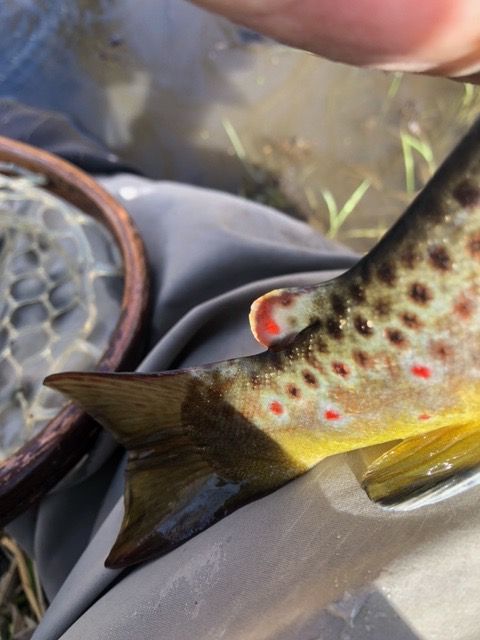Get a FREE Spirit Streams T-Shirt for subscribing to the newsletter!
The latest Spirit Streams blog posts and updates will be sent straight to your email by joining our newsletter.
I’ve heard this question many, many times. People who have lived in this unique region their whole life have either no idea what the name implies or have never even heard of the area being referred to as “Driftless” (most of the time it’s the latter). Therefore, I felt it was necessary to kick things off with explaining the geology of this extraordinarily rare region that we call the Driftless Area.
The Driftless Area encompasses the corners of southwestern Wisconsin, southeastern Minnesota, northeastern Iowa, and northwestern Illinois. This equates to an area the size of 24,000 square miles. This area was left untouched by the last glaciers, called the Wisconsinan glaciers. Glaciers leave behind deposits such as silt, clay, sand, gravel, and boulders which are called drift. Hence where the name, Driftless Area, comes from…no glaciers = no drift = Driftless.
Unlike so much of that classic, flat, glaciated Midwest, the Driftless Area retains a landscape completely opposite. The area is characterized by dramatic limestone bluffs, river valleys, and thick forested hillsides. Limestone streams disappear into sinkholes, travel through underground caves, and magically reappear as springs creating the spring creek paradise that we so much associate with the Driftless Area. This generates one of the world’s greatest concentrations of limestone spring creeks, totaling about 4,000 miles of streams.
Springs and streams appear wherever the water table is exposed at the surface. As you are out exploring our streams, you will see and hear many springs and feeders that help form the main stream. Beneath these streams there is rock called limestone. Dissolved limestone in our streams is what makes them such a fertile trout-producing haven. It is also what gives them that gray-green tint. The dissolved limestone infiltrates calcium and magnesium carbonates into the groundwater and flows over a streambed that contains even more nutrients. This creates a stream environment so rich in aquatic vegetation that it produces enormous amounts of insects to keep our trout healthy and pristine.
Since the entire water supply for a spring creek is an aquifer (or other groundwater source), it pushes a strong year-round flow of 48°-50°F water, providing the stability and temperature that trout require to thrive. This also allows our streams to flow during the winter and not freeze over like the rivers and lakes, which in turn causes our streams to not get too warm and lose volume in the summer. The end result is an absolute perfect balance for year-round fly fishing.
This area wasn’t always such an abundantly rich trout factory though. It took the efforts of many groups and individuals, over many years, that held the same vision of rebuilding and then preserving this spring creek paradise that we enjoy today. Due to the extreme vulnerability to degradation that spring creeks have, it will continue to be important that we keep employing this same focus and drive to keep this extraordinarily rare and unique area thriving as we see it today.
So there you have it, an introduction to the geology of the Driftless Area. A lot of the thoughts in this post were sparked by books and articles read over the last few years. If you have a desire to read these yourself, just give us a holler. We’re more than happy to share the wealth.
– Spirit Streams
Tags: Driftless Area, Fly Fishing, Geology of the Driftless Area, Spirit Streams Fly Fishing, Spring Creeks


Get a FREE Spirit Streams T-Shirt for subscribing to the newsletter!
The latest Spirit Streams blog posts and updates will be sent straight to your email by joining our newsletter.
Thank you for subscribing to our newsletter!
Error - Please try again later

Designed and Hosted By